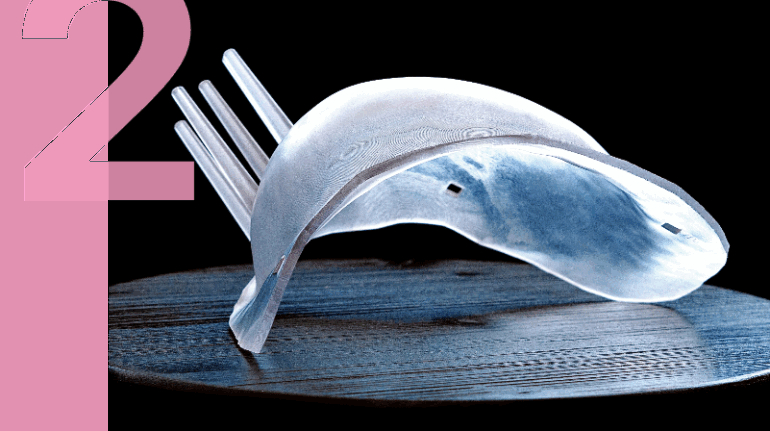Linköping University Researchers Develop “Skin in a Syringe” for 3D Printed Burn Grafts
Researchers at the Swedish Center for Disaster Medicine and Traumatology, in collaboration with Linköping University, have developed “skin in a syringe”—a gel infused with live cells that can be 3D printed into functional skin grafts. Successfully tested in mouse models, this innovation could offer new avenues for treating severe burns and large, complex wounds.



